Do you ever find yourself with unusual ingredients you bought for a recipe, but don’t know what to do with them afterwards? Gochujang is one such ingredient. We love using this spicy fermented chilli paste in hotpots and stir fry dishes, but this versatile, mouthwatering paste has so much more to offer.
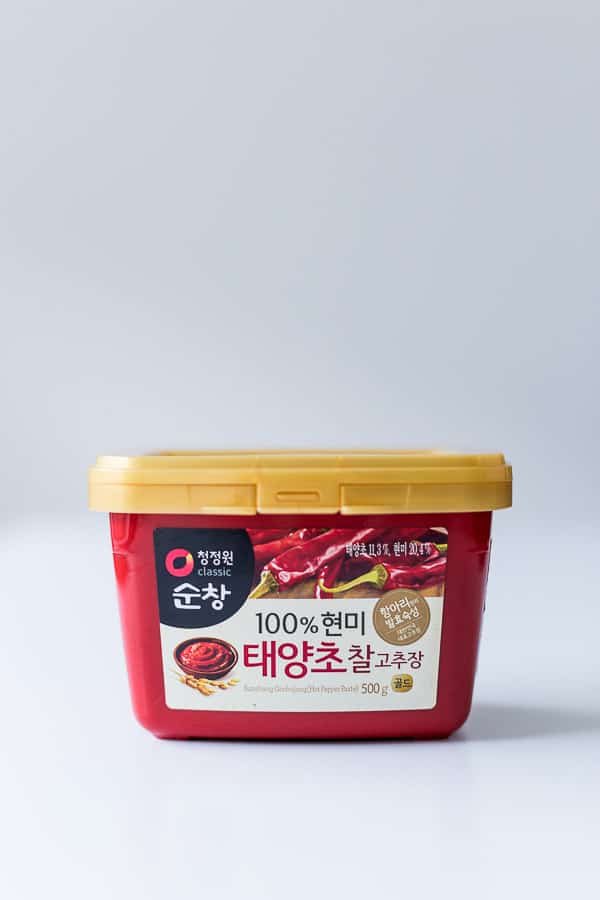
What is gochujang? What is it made of?
Gochujang is a deep red, smooth and spicy paste popular in Korean cuisine. A staple condiment, it’s made from Korean chilli powder (gochugaru), fermented soybean powder (mejugaru), glutinous rice powder (sssalgaru) and salt. The traditional method to make gochujang can take anywhere from three to six months, where the paste is stored in a clay pot and aged in full sun.
What does gochujang taste like?
We think gochujang has a deep, rich tomato-like flavour – sweet, sour and spicy all in one! But it might surprise you how complex the flavour actually is. Fermentation gives it a deliciously salty umami kick, while Korean chilli powder gives a hint of sweetness to round it all out.
How spicy is gochujang?
Gochujang can be found in both mild and hot versions. If you’re worried about too much spice when using it for the first time, try adding less than the recipe requires until you become used to the flavour and heat level. Then you can happily adjust until you get the perfect spice level to suit your preference.
What is gochujang used for?
We use gochujang most often as a base for stews such as Budae Jjigae (Korean Army Stew), Dakgalbi (Spicy Korean Chicken Stir Fry) and Tteokbokki. It can also be used to amp up dipping sauces, bring savoury intensity to soups, and be slathered on as a marinade for meats such as Korean fried chicken.
It’s also the base ingredient for ssamjang, a popular dipping sauce for Korean BBQ, dished up with platters of grilled pork belly, beef, lettuce and onion.
What can I use instead of gochujang?
A quick and easy substitute for gochujang is to make your own blend using miso paste and Korean red chilli pepper powder. This will head you in the right direction towards the salty-sweet-spicy-umami profile gochujang is best known for. If you don’t have Korean chilli powder, you can substitute with regular chilli powder or equal parts cayenne and paprika. You can also try adding a sprinkling of sugar or a dash of soy sauce for good measure. Give it a try and see what you think.
After all, we think the most important part is to have fun with cooking – be curious, adventurous, and enjoy the process of discovery!
Does gochujang expire?
As long as you store it in the fridge, gochujang should easily last a couple of years after opening. During this time you might notice a separation of the liquid, it’s fine to give it a good stir and use as normal.
Where to buy gochujang?
Gochujang can be found at your local Asian supermarket or grocery. If you don’t have one nearby, you can also purchase direct from Amazon. You might even find it at your regular supermarket, especially if it has a good selection of imported ingredients.
It’s also totally possible to make gochujang at home – but remember, it will take up to six months in the sun to fully ferment. That’s a commitment to flavour you can be proud of!
Is Gochujang vegan and vegetarian friendly?
Yes and yes! So smother your tofu, veggies and other amazing ingredients in this sauce – Right. Now!
15 Ways to Use Gochujang Korean Chilli Paste
As a sauce or condiment
As a marinade
As a dressing
As a glaze
As a base for soups, stews or pasta
For something a little bit different
These recipes are sure to help you find new and exciting ways to use up your tub of gochujang paste. All you need to do now is decide: Which recipe will you try first?
And if you’ve already tried one or more of these tasty dishes, let us know how it turned out in the comments!
Looking for MORE delicious ingredient ideas to use up those condiments in the cupboard? Try these:
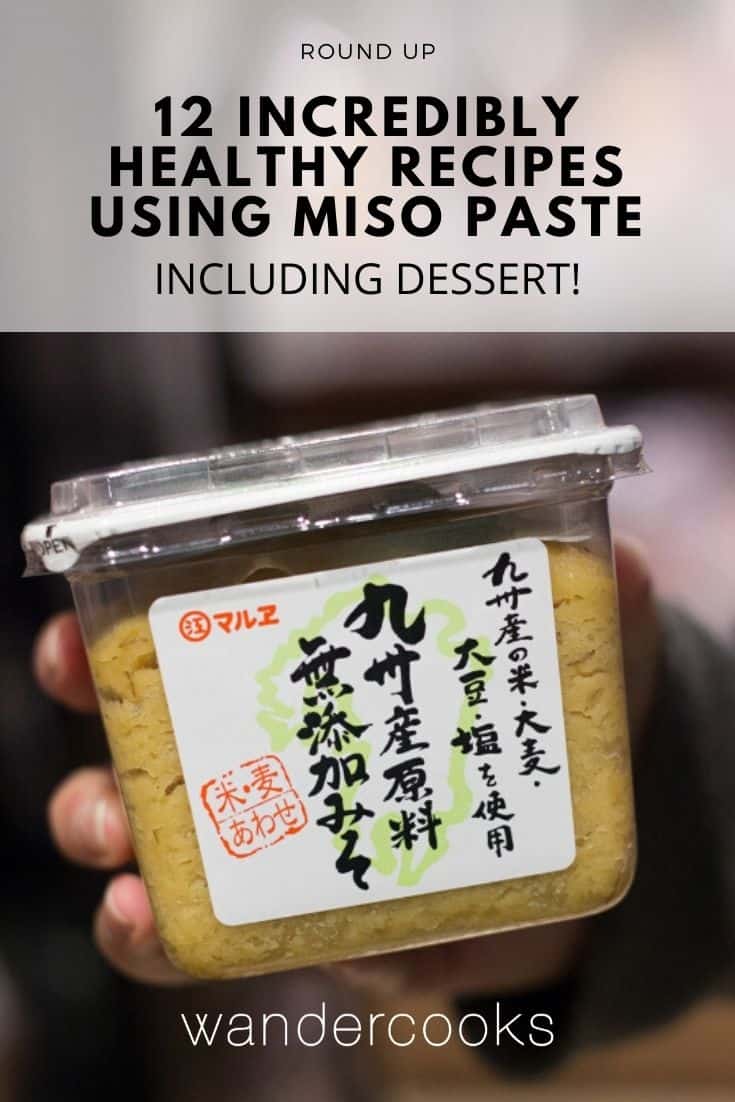

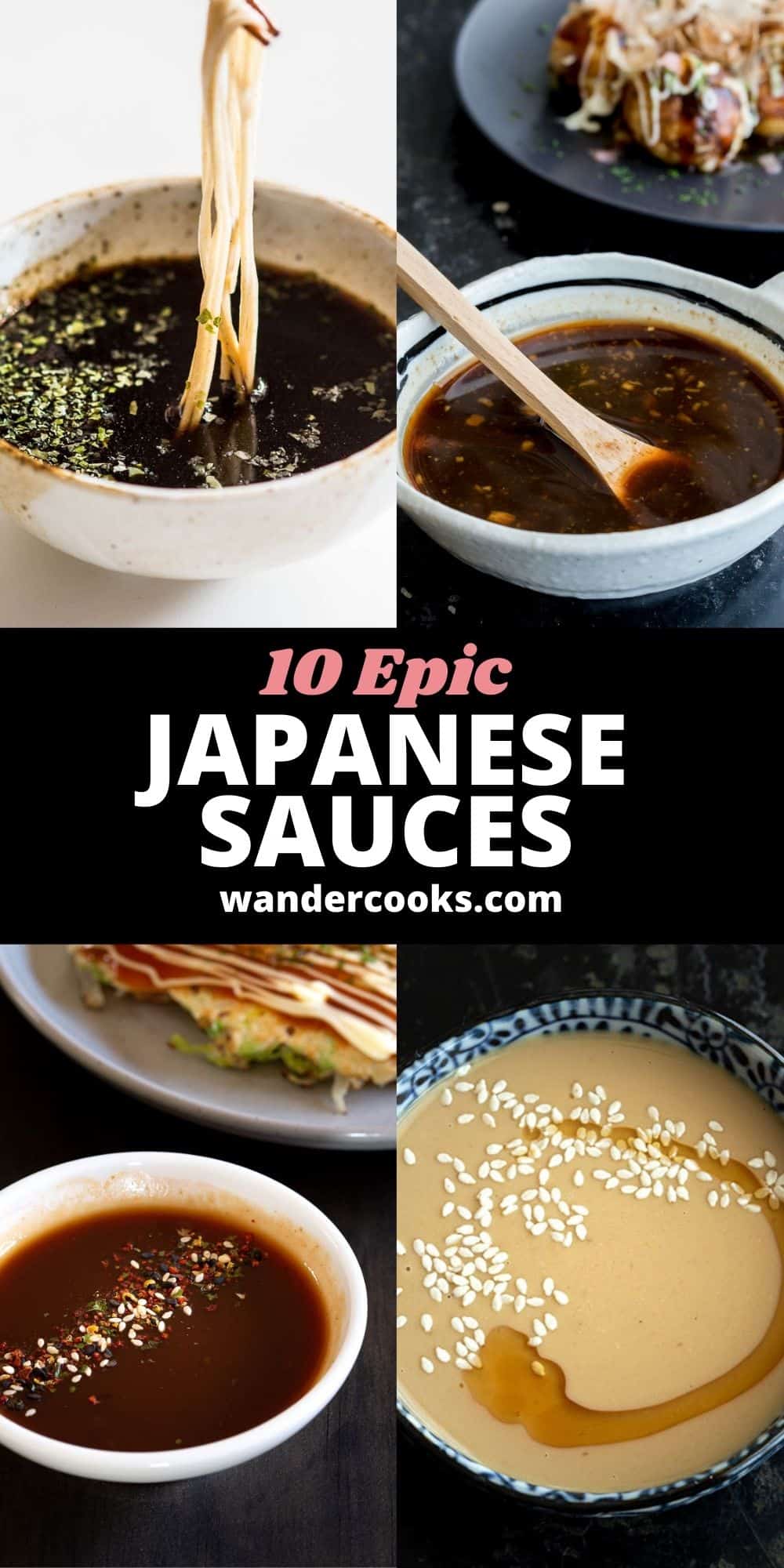
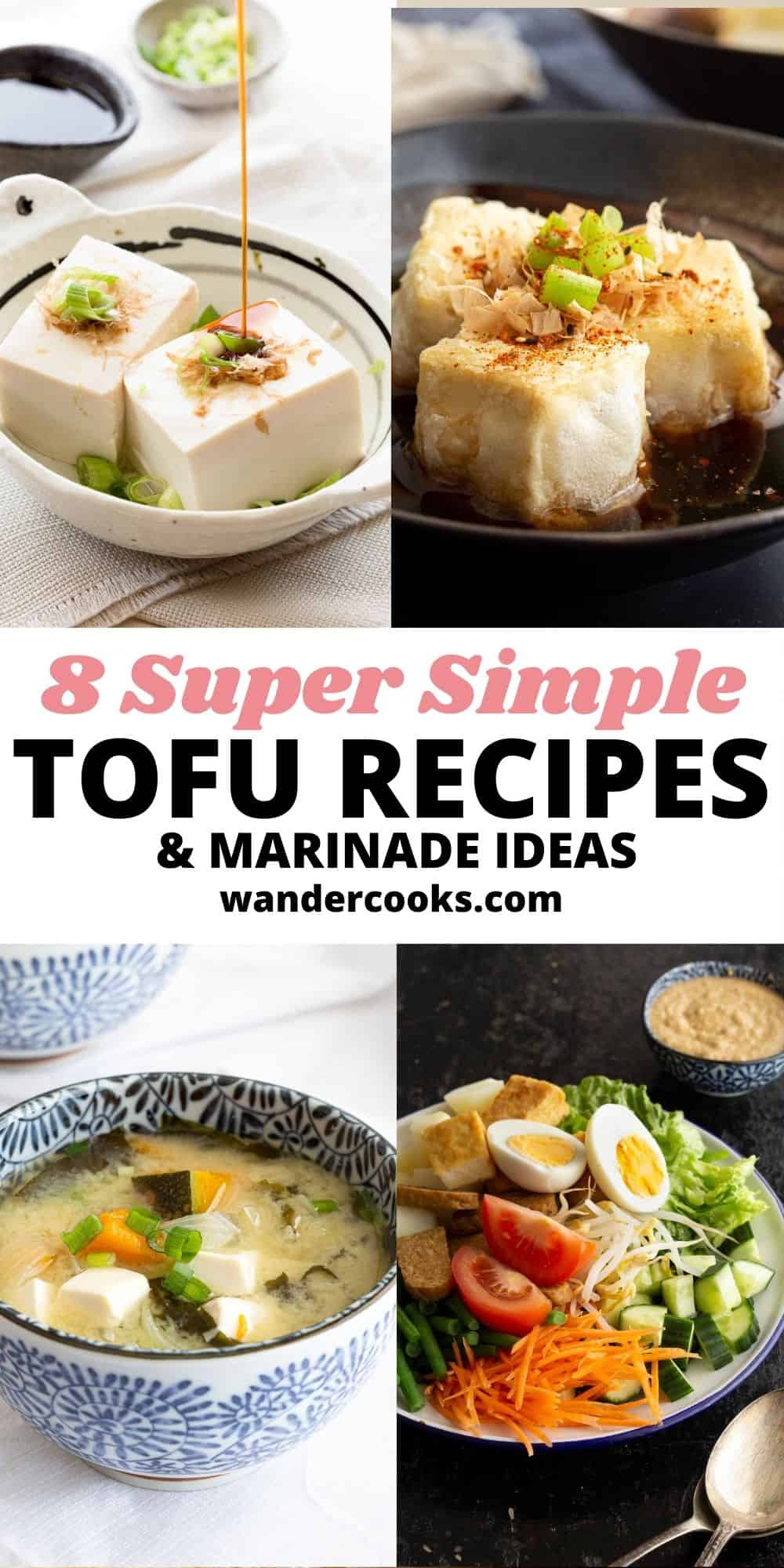




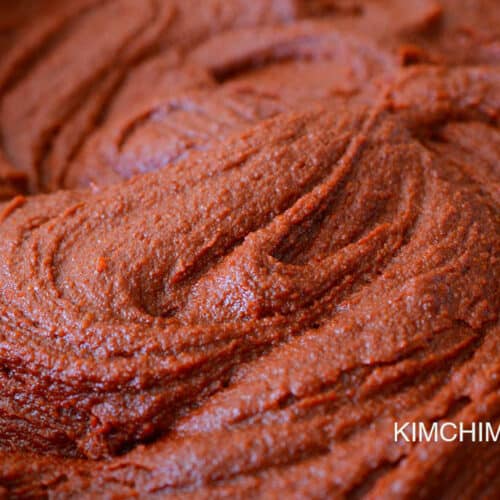
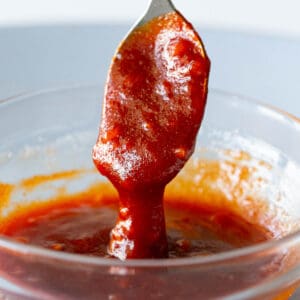
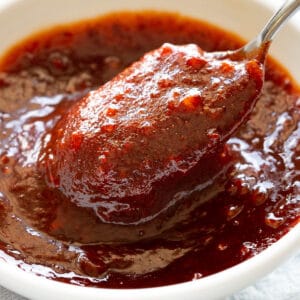
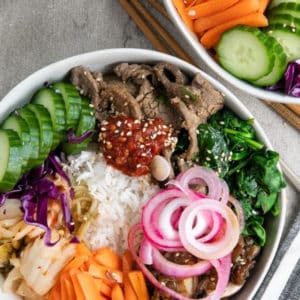

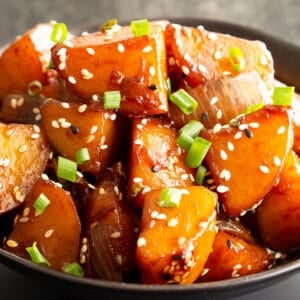



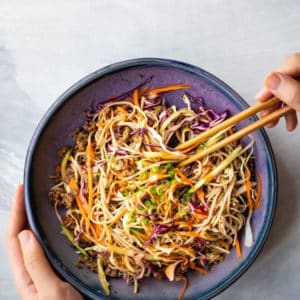
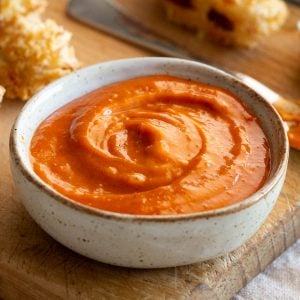

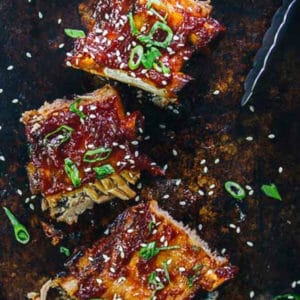
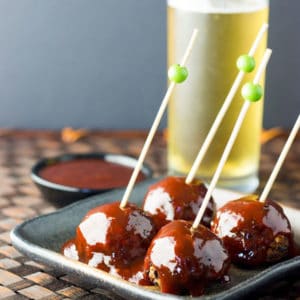
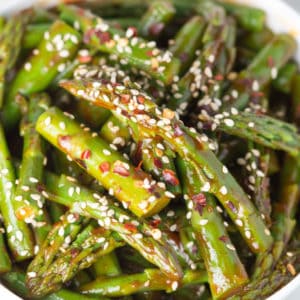
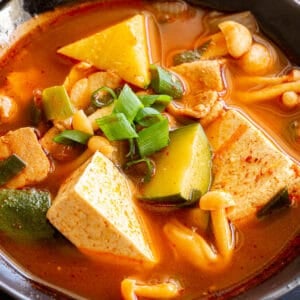

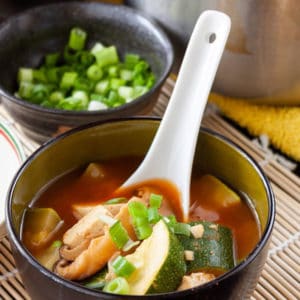
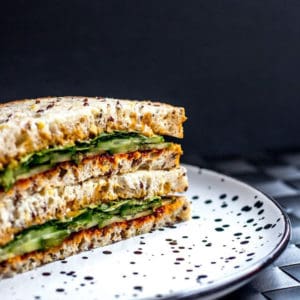

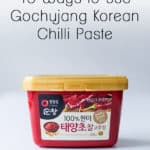
13 Comments
Steph
22/08/2022 at 5:36 amCan you put it on sliced cucumbers??
Wandercooks
22/08/2022 at 2:14 pmHey Steph, you certainly could. Start with just a little, and if the flavour or spice is too strong for your taste, you can mix it with other condiments like soy sauce, rice wine vinegar and sugar. 🙂
Jack
06/06/2022 at 3:35 amI drop a healthy spoonful in my pot of chili while cooking.
Jo
05/02/2020 at 10:47 pmThis recipe collection couldn’t come at a better time as I’ve got some of this lovely chilli paste sitting in the fridge and was wondering on how to use it without repeating myself. Now I have so many lovely options, thanks!
Wandercooks
14/02/2020 at 1:07 pmCheers Jo! Glad it could help you too. It’s amazing how versatile a little paste can be!
Safira
05/02/2020 at 10:17 pmI absolutely love Gochujang so this is the best round up for me ever! Thanks for sharing. 🙂
Wandercooks
14/02/2020 at 1:07 pmAh yay, glad to have found another fan. Hope you found a new use or two for it!
Alice | SkinnySpatula
05/02/2020 at 8:31 pmThe paste sounds so versatile. I’ve never had it, but I think I’m definitely missing out. Must try!
Wandercooks
14/02/2020 at 1:06 pmIt really is, because it’s not too hot either, it really lends more flavour to a dish rather than overtaking it with heat and spice, which is awesome!
Katie
05/02/2020 at 5:00 pmThis is so helpful! Thanks for sharing.
Wandercooks
14/02/2020 at 1:05 pmYou’re welcome Katie!
Emily
05/02/2020 at 2:15 pmI had no idea you could use Korean chilli paste in so many ways! The glazed asparagus is calling my name!
Wandercooks
14/02/2020 at 1:05 pmYesssss, how good does that Asparagus look!